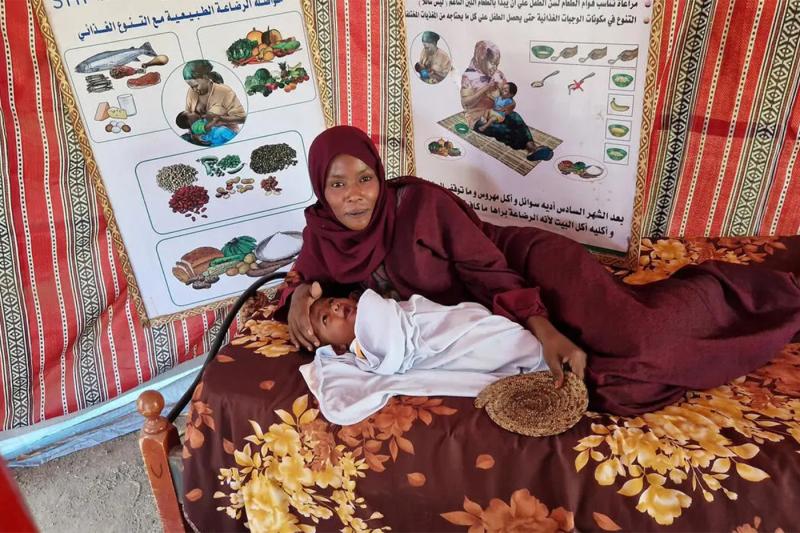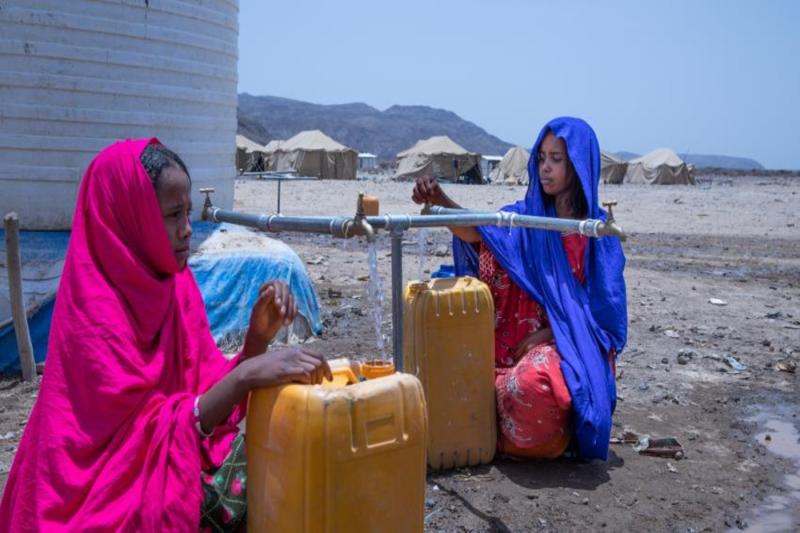
CERF releases US$100 million to help stave off famine in high-risk countries
UN humanitarian chief Mark Lowcock today allocated US$100 million to help people feed themselves in countries most at risk from the growing hunger epidemic caused by conflict, economic decline, climate change and the COVID-19 pandemic.
Afghanistan, Burkina Faso, the Democratic Republic of the Congo, Nigeria, South Sudan and Yemen will each receive a share of $80 million from the UN’s Central Emergency Response Fund (CERF). An extra $20 million has been set aside for anticipatory action to fight hunger in Ethiopia, where droughts could exacerbate an already fragile situation.
The funding has been released alongside a warning that without immediate action, famine could be a reality in the coming months in parts of Burkina Faso, North-east Nigeria, South Sudan and Yemen. This would be the first-time famine has been declared since 2017 in parts of South Sudan.
“The prospect of a return to a world in which famines are commonplace would be heart wrenching and obscene in a world where there is more than enough food for everyone,” said the UN Under-Secretary-General for Humanitarian Affairs and Emergency Relief Coordinator, Mark Lowcock.
“Famines result in agonizing and humiliating deaths. They fuel conflict and war. They trigger mass displacement. Their impact on a country is devasting and long lasting.
“No one should view a slide into famine as an inevitable side effect of this pandemic. If it happens it is because the world has allowed it to happen. Famine can be prevented. But we have to act in time to make a difference. Right now, more money for the aid operation is the quickest and most efficient way to support famine-prevention efforts.”
CERF’s $80 million cash injection will be distributed via cash and voucher programming, one of the most efficient, flexible and cost-effective ways to help people in dire need. It will be targeted at the most vulnerable – especially women and girls, and people with disabilities.
- Afghanistan, where 3.3 million people face emergency levels of food insecurity – which means they are one step away from famine – will receive $15 million.
- Burkina Faso will receive $6 million. The numbers of desperately hungry people in that country have nearly tripled since 2019, and more than 11,000 people are already in catastrophic conditions.
- The Democratic Republic of the Congo will receive $7 million.
- North-east Nigeria will receive $15 million. Hunger concerns are high in conflict-affected areas, especially in parts of Borno State where humanitarian access is limited.
- South Sudan will receive $7 million. A quarter of the population of Jonglei State were projected to reach the brink of famine by July 2020.
- Yemen will receive $30 million to help feed the millions of people who have been pushed to the edge of famine by five years of conflict.
A total of $20 million has been set aside for anticipatory action for food insecurity and drought in Ethiopia. Already high levels of acute food insecurity are likely to be exacerbated by the October-December Deyr-Hageya rainy season, together with civil unrest, growing insecurity, locust infestations, and the economic fallout of the COVID-19 pandemic, which includes declining incomes and rising inflation.
CERF is one of the fastest and most effective ways to help people affected by crises. Since it was established in 2005, the fund has provided close to $7 billion for life-saving humanitarian action that has helped hundreds of millions of people across more than 100 countries and territories.
This would have not been possible without generous and consistent donor support.


